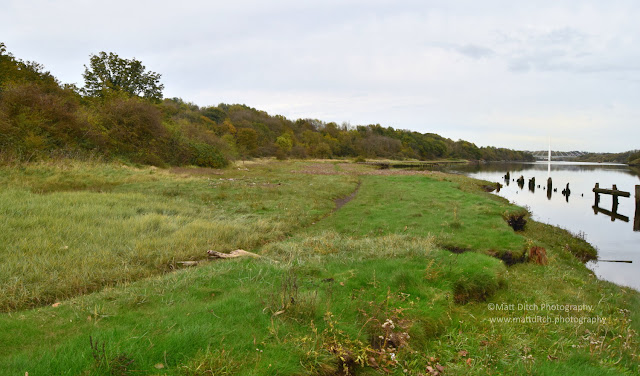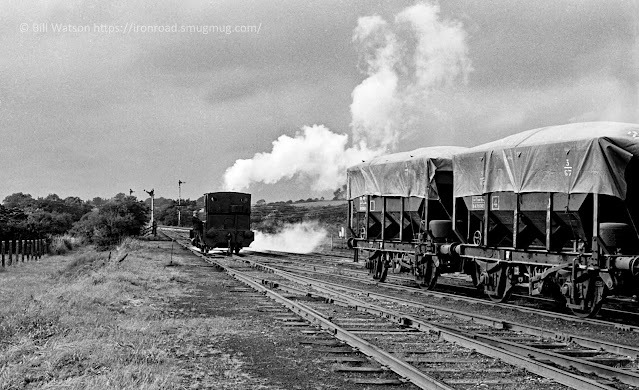5 little known Industrial railway sites along the River Wear

5 little known Industrial railway sites along the River Wear A few days ago I was exploring my local area using Rail Maps Online . I noticed that since my last visit to the site a few railways had appeared in my area, I thought it rude not to go for an explore! I didn’t expect to find much at any of these sites as many of them fell out of use many years ago and have been reclaimed by nature, but I was pleasantly surprised…. Site 1. An unidentified shipyard on the North side of the River Wear I haven’t been able to find too much out about this site. It appears to have been abandoned around the 1930s. The buildings were on the left where the thick undergrowth now stands. On the right was a wharf, the remains can still be seen. On closer inspection of some old OS maps it would appear that the tracks ran along the wharf. I believe the railway system here was narrow gauge, but I was unable to find anything due to the boggy nature of the area. Site 2. Incline to a Quarry & another shipy...
